Footprint story
It was 1921
Ireland had just been partitioned, the British miners were striking for more pay, and the Federation of British Industry had an idea. Exports were booming in South America how about a handbook for businessmen trading in that far-away continent? The Anglo-South American Handbook was born that year, written by W Koebel, the most prolific writer on Latin America of his day.
1924
Two editions later, the book was privatized, and in 1924, in the hands of Royal Mail, the steamship company for South America, it became The South American Handbook, subtitled South America in a nutshell. This annual publication became the bible for generations of travellers to South America and remains so to this day. In the early days travel was by sea and the Handbook gave all the details needed for the long voyage from Europe. What to wear for dinner; how to arrange a cricket match with the Cable & Wireless staff on the Cape Verde Islands, and a full account of the journey from Liverpool up the Amazon to Manaus: 5898 miles without changing cabin!
1939
As the continent opened up, the South American Handbook reported the new Pan Am flying boat services and the fortnightly airship service from Rio to Europe on the Graf Zeppelin. For reasons still unclear but with extraordinary determination, the annual editions continued throughout the Second World War.
1970s
Many more people discovered South America and the backpacking trail started to develop. All the while the Handbook was gathering fans, including literary vagabonds such as Paul Theroux and Graham Greene (who once sent some updates addressed to The publishers of the best travel guide in the world, Bath, England).
1990s
During the 1990s the company set about developing a new travel guide series using this legendary title as the flagship. By 1997 there were over a dozen guides in the series and the Footprint imprint was launched.
2000s
The series grew quickly and there were soon Footprint travel guides covering more than 150 countries. In 2004, Footprint launched its first thematic guide: Surfing Europe, packed with colour photographs, maps and charts. This was followed by further thematic guides such as Diving the World, Snowboarding the World, Body and Soul Escapes, Travel with Kids and European City Breaks.
2016
Today we continue the traditions of the last 93 years that have served legions of travellers so well. We believe that these help to make Footprint guides different. Our policy is to use authors who are genuine experts and who write for independent travellers; people possessing a spirit of adventure, looking to get off the beaten track.


Richard Arghiris | Richard Arghiris is a freelance writer, journalist, blogger and long-term traveller. He has been wandering the highways and unpaved back roads of Central America since 2003, contributing to magazines, newspapers, blogs, websites, documentaries and Footprint guidebooks. The regions diversity of remote landscapes, its vivid tropical ecology, and its patchwork of indigenous, Latin and African-descendant cultures not to mention its swashbuckling sense of drama are an ongoing creative inspiration for Richard. His blog, Unseen Americas, www.unseenamericas.com, features news reports, narrative journalism, and street photography from the sketchy US-Mexico border to the teeming rainforests of Panama. |
Price codes
Where to stay $$$$ over US$150 $$$ US$66-150 $$ US$30-65 $ under US$30 Price of a double room in high season, including taxes. | Restaurants $$$ over US$12 $$ US$7-12 $ US$6 and under Price for a two-course meal for one person, excluding drinks or service charge. |
This is
Nicaragua

Nicaragua is a land born out of poetry, fire and brazen revolutionary spirit; few countries can boast such an authentic character. The 1979 Sandinista Revolution, more than other historical episode, is indelibly etched on the Nicaraguan psyche. As a moment of self-realization, it continues to inspire great national pride and endless passionate discourse.
Sadly, over a decade of civil war left its mark too, with broken infrastructure, poverty, unemployment and a lingering negative image. Fortunately, those dark days are gone, and Nicaragua is at lasting peace and very much on its way up. Burgeoning foreign investment, including a bold new transoceanic canal project, signal dramatic transformations for this long overlooked Central American nation, but head off the beaten track and development is patchy: power cuts are common, many towns lack paved roads, horses and carts are still widely used and wood remains the principal source of fuel.
Despite Nicaraguas hardships, the nations cultural life is among the most sophisticated in Central America. The country revels in unique forms of dance, music and festivals, many of them with pre-Hispanic roots. But most of all Nicaragua breathes poetry, the unrivalled national passion. It has produced some of the most important poets in the history of the Spanish language.
Nicaraguas expressive and tempestuous national temperament runs in striking parallel to its volatile geological scenery. A rugged spine of more than 50 volcanoes runs from the northwest Pacific to the watery expanse of Lake Nicaragua. Elsewhere, nearly 20% of the countrys land mass is an officially protected area. These diverse ecosystems include rainforests, cloudforests, and wetlands, which guard 10% of the earths biodiversity.
Richard Arghiris
Best of
Nicaragua
top things to do and see

 Laguna de Apoyo
Laguna de Apoyo
Take a dip in the thermally heated waters of this laguna, the most stunning of Nicaraguas 15 crater lakes, which changes colour through azure, turquoise and navy blue. Surrounded by dense tropical forest teeming with wildlife, it has some great hikes around its shores..

 Isla de Ometepe
Isla de Ometepe
Sling a hammock on the magical island of Ometepe, a bastion of peace, tranquillity and numinous volcanic beauty. Set on the largest lake in Central America, Lago Nicaragua, its also home to twin volcanoes and mysterious pre-Columbian idols. Volcn Concepcin is active, while the extinct Volcn Maderas has a mist-shrouded crater lake near its summit..

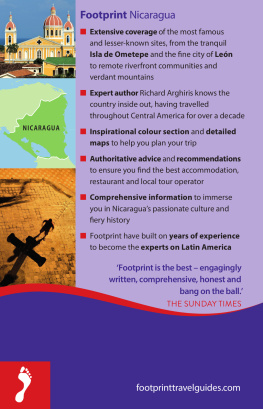

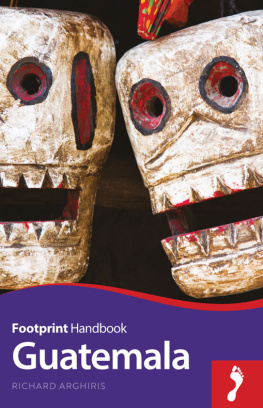

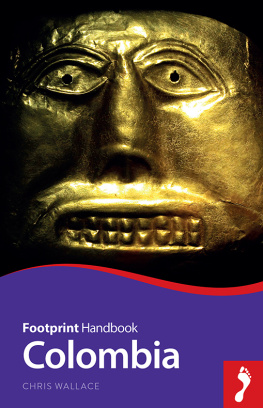
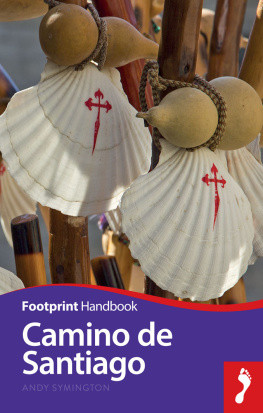
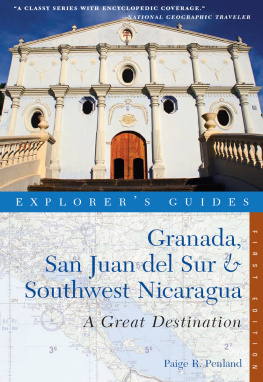
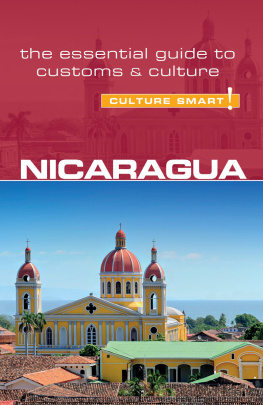
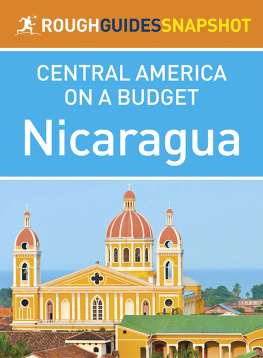
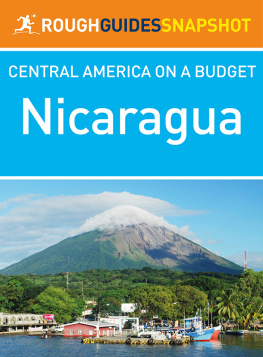


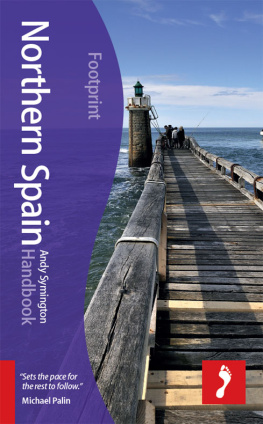





 Laguna de Apoyo
Laguna de Apoyo
 Isla de Ometepe
Isla de Ometepe